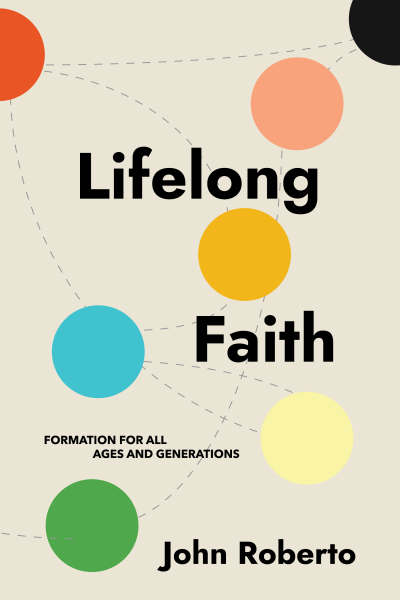|
Read about Hybrid Faith Formation in
Chapter Six "Networks for Forming Faith with All Ages" and in Chapter Nine "Integrating the Elements into a Lifelong Plan" |
The concept of hybridity is not new to us. We are already living hybrid lives. Every day we weave together a life that is lived both online (mediated) and offline (in-person). Faith formation is catching up to the way people already live and interact every day. Angela Gorrell, author of Always On: Practicing Faith in a New Media Landscape, writes about living hybrid lives:
Recognizing online actions as meaning-filled helps Christian communities to consider our current online and in-person reality in terms of its hybridity, rather than in terms of digital dualism (think of online as vir- tual and in person as real). “Hybridity” describes “the coming together of online and offline, media and matter, or more dynamically . . . the interplay between the online and offline dimension.” Most Americans live hybrid lives because our online and offline lives have been inte- grated. Interactions online shape offline experiences, and offline communication and practices shape people’s online engagement. (Gorrell 2019, 47) The key to hybrid faith formation is the integration of in-person faith form- ing with online faith forming into one holistic integrated experience. A program design can begin online and then move to in-person and back to online or it can begin in-person and continue online. Hybrid programming can be synchronous (real time) and asynchronous (on your own time)—thereby expanding the opportunities for people to engage in faith-forming experiences that are responsive to their time, commitments, and availability. We can deliver synchronous faith formation using physical gatherings, livestreaming, video conferencing, online courses, and online small groups. We can deliver asynchronous faith formation using online playlists, video and audio programs, online discussion groups, online learning platforms, websites, and more. Hybrid Approaches One way to develop hybrid programming is by beginning with in-person faith formation and then deepening it with online faith formation. We can extend the theme of an in-person event or program by curating a variety of faith-forming experiences that provide more depth and application of the theme through images, video, audio, and readings. We can deliver the content using a multimedia newsletter, social media posts, and/or a playlist on a website A second way to develop a hybrid model is to begin with online faith formation, leading to in-person experiences. This approach is known as flipped learning in which direct instruction moves from the group learning space to the individual learning space online, and the group space is transformed into a dynamic interactive learning environment where the leader/teacher guides participants as they creatively discuss, practice, and apply the content. |
Article: Examples of Hybrid Faith Formation
| Hybrid Faith Formation - Practices & Examples.pdf | |
| File Size: | 334 kb |
| File Type: | |
Video Introduction to Hybrid Faith Formation
Hybrid Faith Formation from Lifelong Faith on Vimeo.
PowerPoint Presentation |
| ||||||



